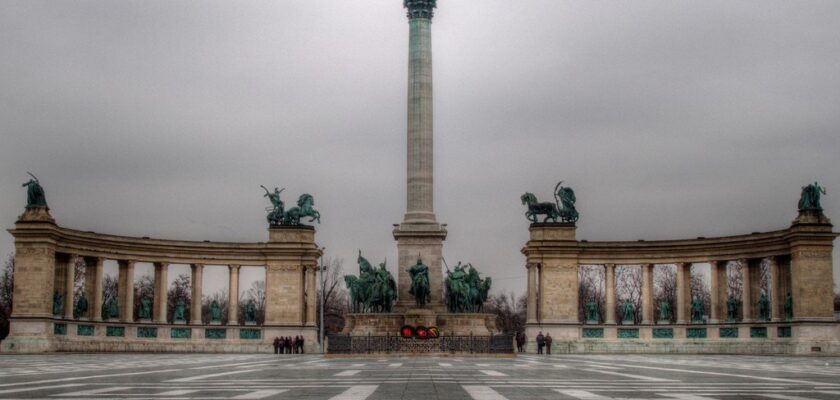Andrássy Avenue
Andrássy Avenue is a parade street in central Budapest, called the “Hungarian Champs Elysees” for the beauty and elegance of its buildings. It is home to many of the Hungarian capital’s landmarks – several museums, the Academy of Music, the University of Fine Arts, two national theaters – the Opera House and the Puppet Theater, and the Drexler Palace decorated with bas-reliefs and mosaics.
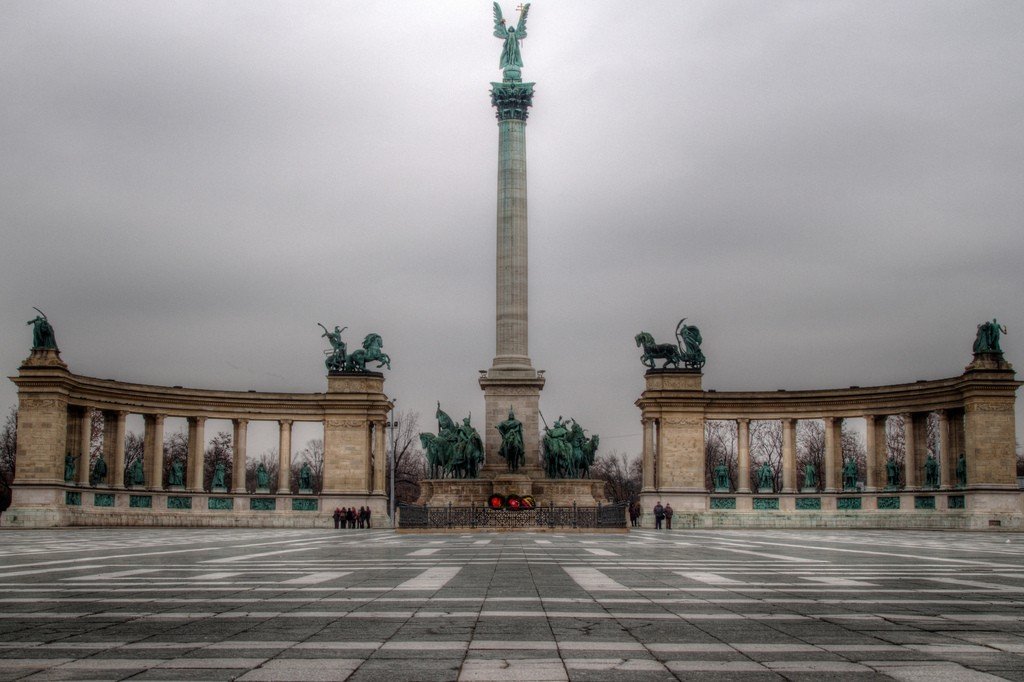
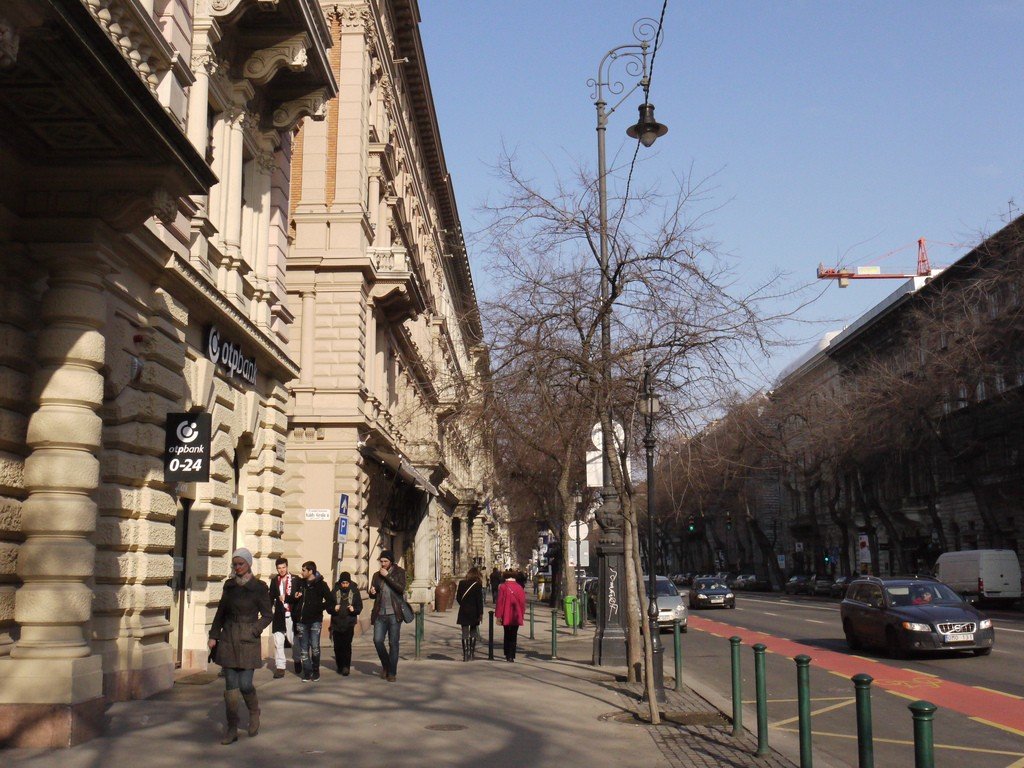
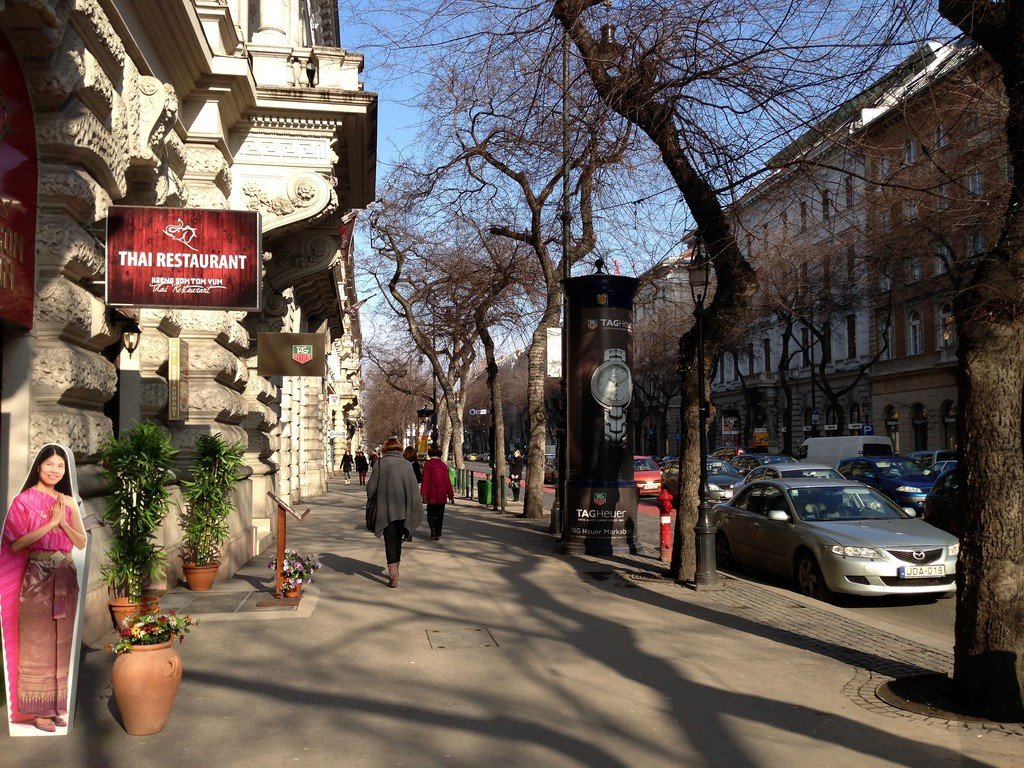
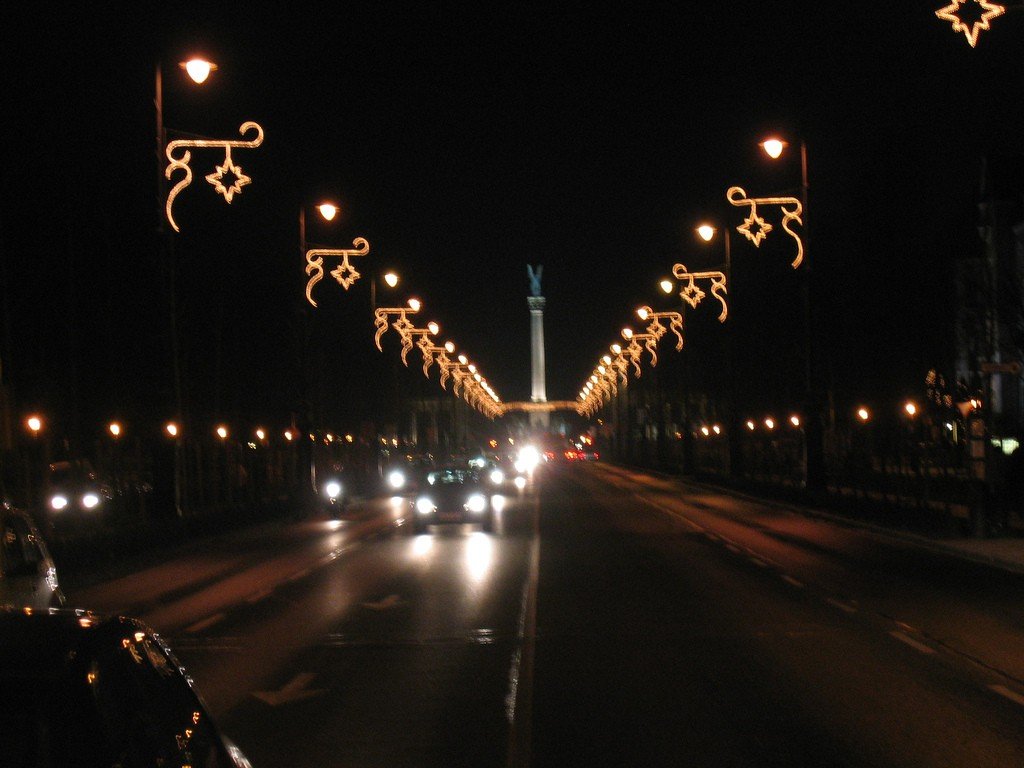
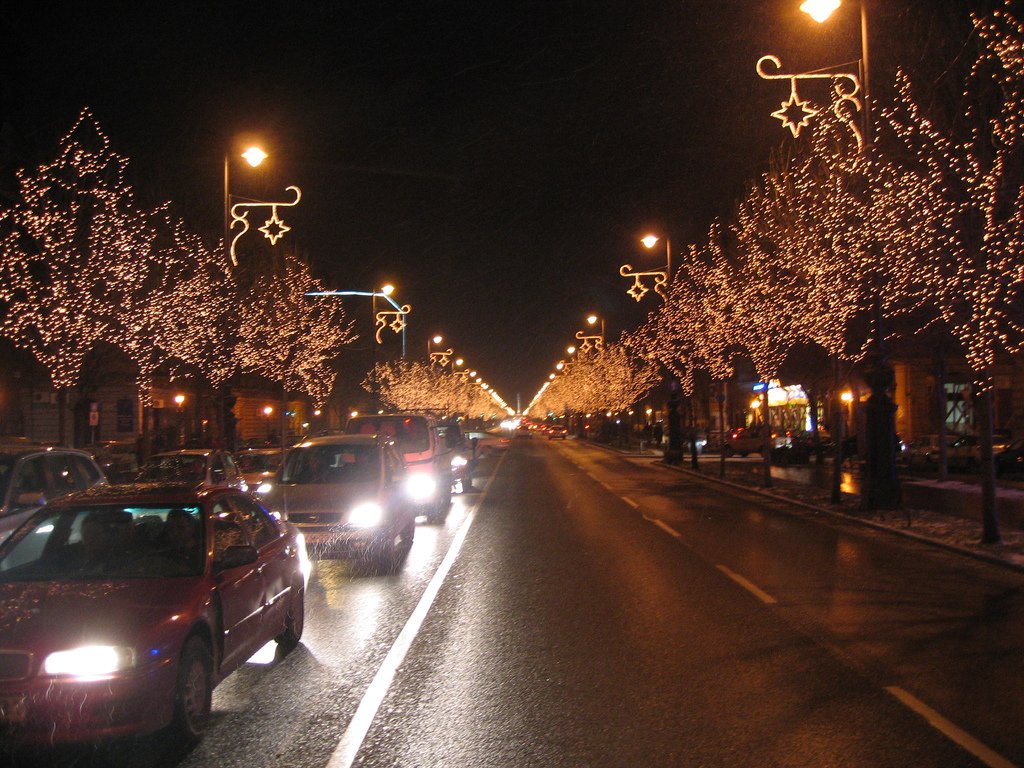
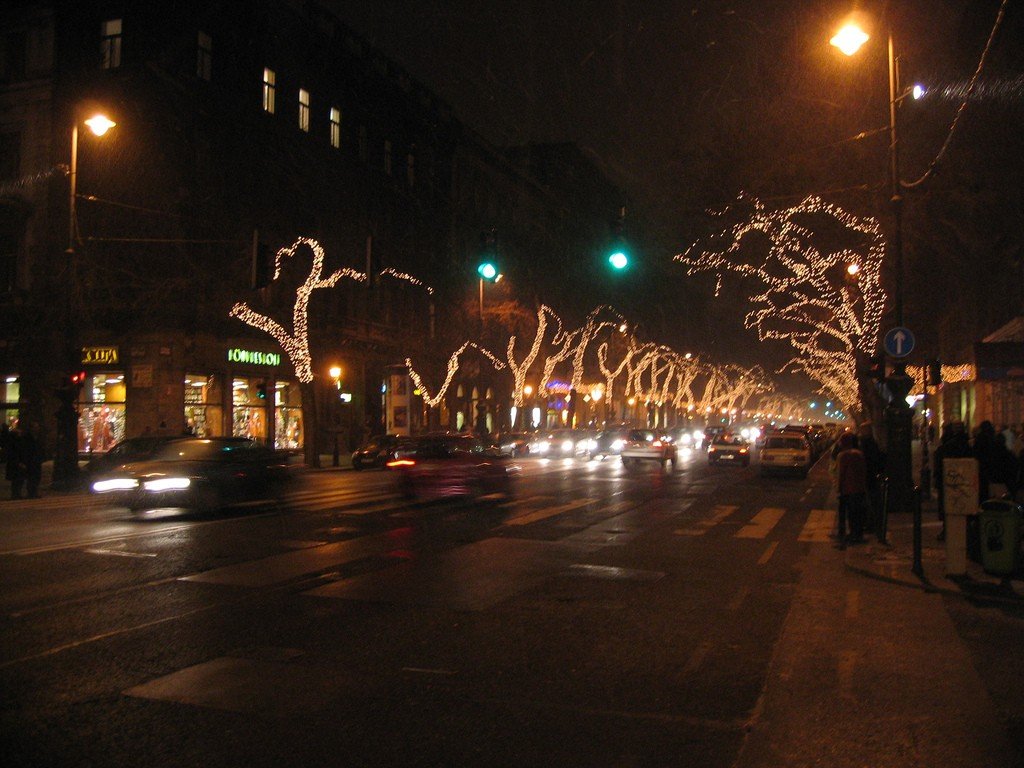
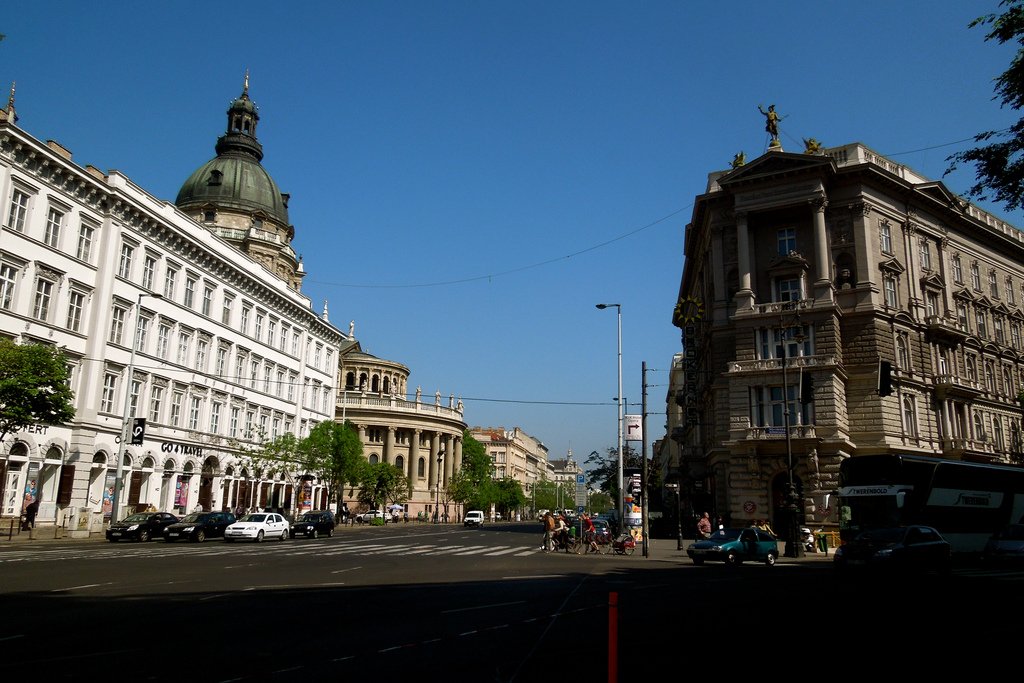
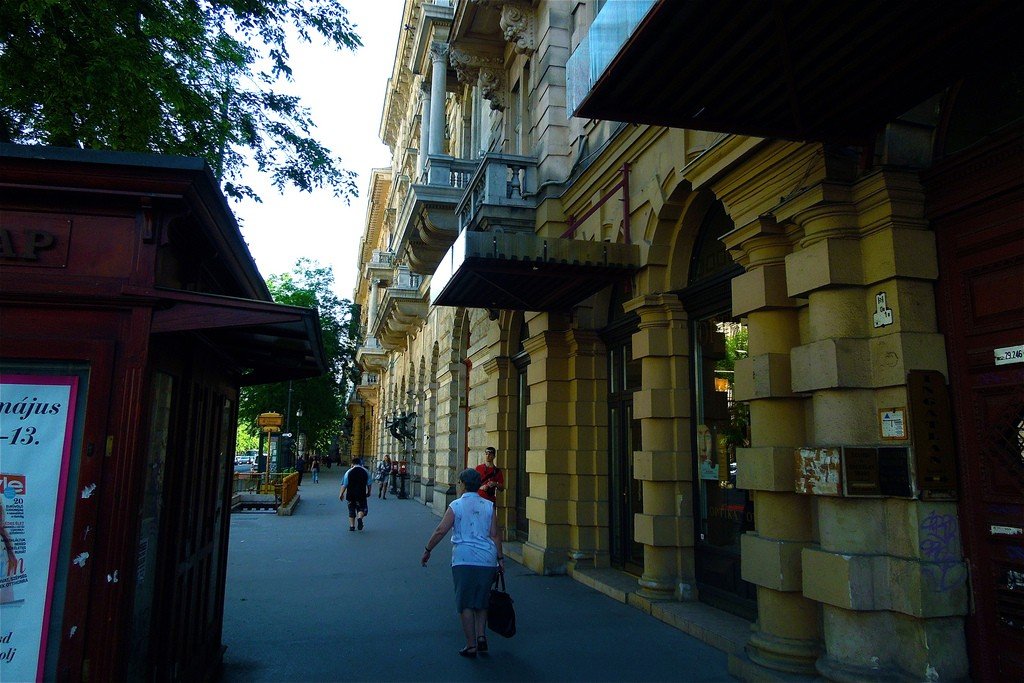
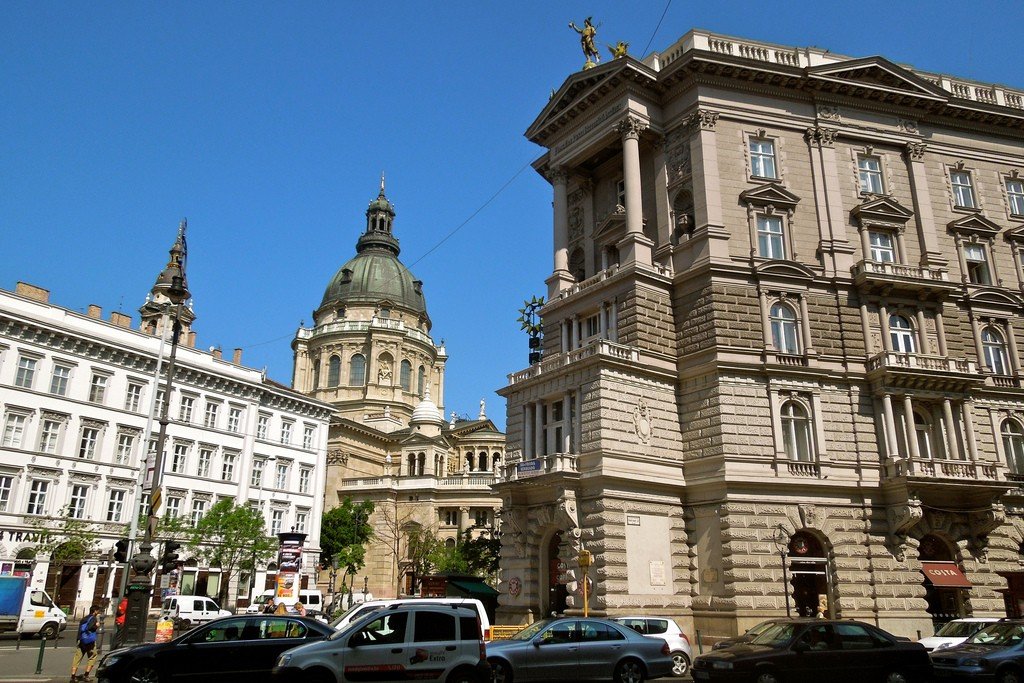
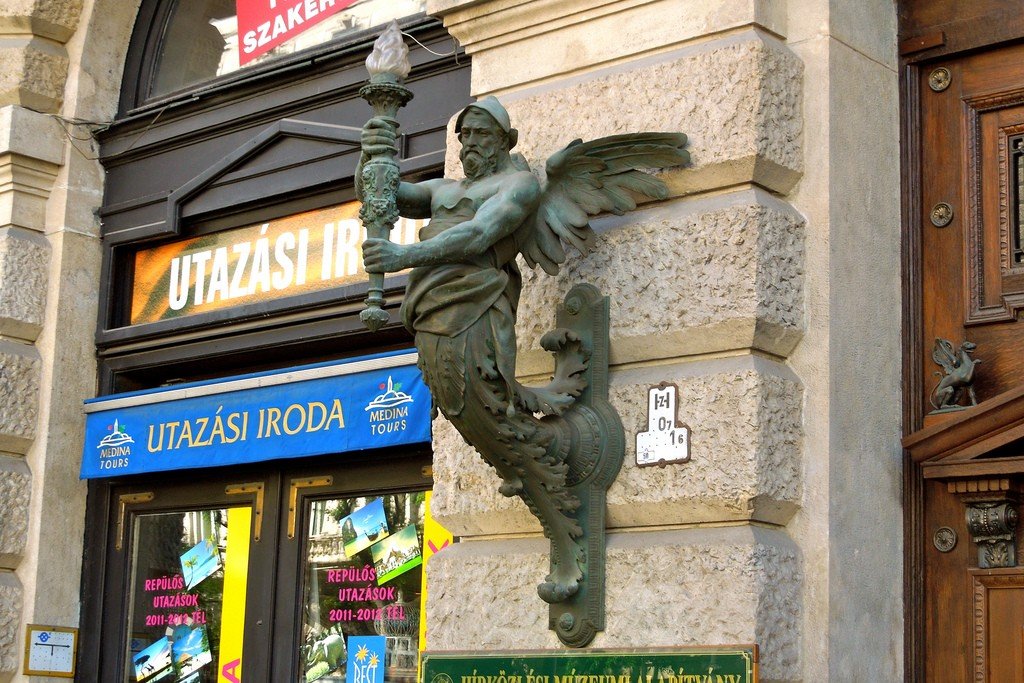
Highlights
Straight Avenue is considered one of the most picturesque streets in Europe and is listed as a UNESCO World Heritage Site. It bears the name of Count Gyula Andrássy (1823-1890), who served as the country’s prime minister. The street stretches from northeast to southwest for 2.5 km, connecting Heroes’ Square and the spacious City Park with the square named after the Hungarian politician Ferenc Deák.
.Budapest’s central thoroughfare has long been a popular walking area. Trees have been planted along it, and benches for resting are placed by the pedestrian paths. There are cozy cafes and fashionable restaurants on Andrassy Avenue. Many tourists come to this part of the city to shop in expensive stores and small boutiques.
.Andrássy Avenue is home to the Postal Museum, the composer Ferenc Liszt Memorial Museum, and the house-museum of composer Zoltán Kodály. Two art museums are also located here. One of them is dedicated to East Asian art and was founded by Ferenc Hoppe, and the other was created by the collector Lajos Ernst. The building that long housed the Hungarian State Security Office has been converted into a museum of terror. Its expositions tell about the tragic events of the totalitarian period in the history of Hungary.
History of the construction of Andrássy Avenue
The renewed development of the central part of the Hungarian capital began to be designed in the 1870s. The city planners wanted to build a new street that could connect Pest with the green City Park area and reduce the load on the busy Royal Street. It was decided to make the street straight and build beautiful mansions for the nobility along it.
.
In the middle of 1876, the famous Hungarian architect Miklós Ibl completed the project of the new avenue, and the major banks of Hungary and neighboring countries took care of financing the construction. According to the project, more than 200 old buildings were demolished on the site of the future street. They were replaced by new buildings in the pseudo-historical style fashionable at the end of the 19th century.
.
The opening of Andrássy Avenue occurred in 1896, when Hungarians celebrated the 1000th anniversary of the founding of their homeland. After the end of World War II, the territory of Eastern Europe fell under the influence of the Soviet Union, and the main thoroughfare of the Hungarian capital was renamed Stalin Avenue. In 1956, it was given the name of Youth, and then called the Avenue of the People’s Republic. Since 1989, the street has been returned to its historical name.
.Metro
Under Andrassy Avenue runs a branch of the metro, which is the oldest “subway railroad” in continental Europe. The metro in Budapest began to be designed at the same time as the central development of the city. It took two years to build, and the metro was opened in 1896.
.The Budapest subway ran on electric traction. For the late 19th century, this was a very big achievement. Nowadays, the Hungarian capital’s metro has 4 lines and most of its stations are on the Pest side.
.
How to get there
Andrássy Avenue is located in the city center, on the Pest side. There are exits to this street from the Budapest metro stations Bajcsy-Zsilinszky, Opera, Oktogon, Kodály körönd, Bajza street and Heroes’ Square. In addition, city buses No. 105 and 979 run along the avenue.
.